Ocugent Eye Drop


MRP ₹16.5
(Inclusive of all Taxes)
₹2.5 Cashback (15%)
Provide Delivery Location
Online payment accepted
 Prescription drug
Prescription drugWhats That
Composition :
Consume Type :
Return Policy :
About Ocugent Eye Drop
Ocugent Eye Drop belongs to a group of medications called ‘Antibiotics and Corticosteroids’ used in the treatment of bacterial eye infections or eye discomfort, especially in patients who have undergone eye surgeries. It also decreases the risk of eye infections such as conjunctivitis (inflammation of the conjunctiva) and other inflammatory conditions of the eye (cornea, iris, and connective tissue) in postoperative patients.
Ocugent Eye Drop contains Gentamicin and Dexamethasone. Gentamicin is an aminoglycoside antibiotic that interferes with the formation of essential proteins required for bacterial growth, which kills the bacteria by preventing its growth. Dexamethasone is a steroid that reduces inflammation and symptoms associated with infection, such as redness and irritation. It works by inhibiting the chemicals, such as prostaglandins, that cause inflammation.
Use this medicine as prescribed by your doctor. The common side-effects of Ocugent Eye Drop are red eyes, eye pain, irritation of the eye, blurred vision, and burning sensation in the eye. Most of these side effects do not require medical attention and will resolve gradually over time. However, you are advised to talk to your doctor if you persistently experience any of these effects.
Do not use Ocugent Eye Drop if you are allergic to any of its contents. Before using Ocugent Eye Drop, inform your doctor if you are diagnosed with any fungal infections, viral infections such as herpes simplex or varicella, or parasitic infections such as amoebiasis. Do not use Ocugent Eye Drop if you have tuberculosis, damaged cornea, ulceration, open lesions with incomplete formation of the covering tissue and increased pressure inside the eye. Ocugent Eye Drop should be used in pregnant, breastfeeding, and elderly persons if suggested by the doctor.
Uses of Ocugent Eye Drop
Directions for Use
Medicinal Benefits
Gentamicin, in Ocugent Eye Drop, is used to treat bacterial infections like conjunctivitis (pinkeye) and blepharitis (inflammation of the oil glands in eyelids) of the eye and the skin around the eyelids. This medicine is also helpful in preventing the infection that may happen after surgery or eye injury. This medicine works by stopping the growth of bacteria. Ocugent Eye Drop also contains Dexamethasone, an anti-inflammatory corticosteroid that reduces swelling, itching, and redness of the eye and thus helps treat inflammation of the eye. Dexamethasone is supposed to control the formation of certain chemicals that cause allergic reactions in the body.
Storage
Drug Warnings
Before using Ocugent Eye Drop, inform your doctor if you have vision problems, severe pain in the eye, glaucoma (raised pressure in the eye), eye injury, or have undergone eye surgery or using any other eye drops or eye ointment. Inform your doctor immediately if you notice swelling or weight gain around the trunk or in the face, as it may be a sign of Cushing’s syndrome (high levels of cortisol in the body). Do not use eye drops for longer than recommended by your doctor, as they may suppress adrenal gland function, increase the risk of cataracts (clouding of the eye), and increase the risk of a secondary infection.
Diet & Lifestyle Advise
- Sleep for at least six to eight hours to rejuvenate your eyes naturally.
- Wash your eyes with clean water at least two to three times a day
- Manage stress, eat healthily, drink plenty of water, exercise regularly, and get plenty of sleep.
- Avoid alcoholic beverages as they can make you dehydrated and affect your sleep. This effect can also affect your body’s ability to fight off infections.
- Reduce screen time (by avoiding watching tv or phone) and use sunglasses while going out into the sunlight.
Side Effects of Ocugent Eye Drop
- Red eyes
- Eye pain
- Blurred vision
- Dry eye
- Excessive watery eyes
- Change in taste
- Inflammation of the cornea of the eye (severe)
Habit Forming
Therapeutic Class
All Substitutes & Brand Comparisons
RX
Out of StockDexarin Eye Drop
Biocare Remedies Pvt Ltd
₹14
(₹2.52/ 1ml)
69% COSTLIERRX
Pyricort Eye Drops 5 ml
FDC Ltd
₹37
(₹6.66/ 1ml)
346% COSTLIER
Product Substitutes
FAQs
Ocugent Eye Drop contains Gentamicin and Dexamethasone. Gentamicin is an antibiotic that stops the growth of bacteria, causing the infection. Dexamethasone is an anti-inflammatory medicine that reduces eye discomfort and the risk of eye infections.
Ocugent Eye Drop is recommended for use in the eyea only. It is not recommended for treating ear problems.
Ocugent Eye Drop starts working within a few hours after using this medicine. Its use is usually recommended for seven days as the condition mostly improves within a week.
You are advised not to wear contact lenses as Ocugent Eye Drop contains preservatives that can make lenses absorb the medicine. With it, you are suggested to wear the contact lenses back after 15 minutes of using Ocugent Eye Drop.
Drug-Drug Interactions Checker List
- AMPHOTERICIN B
- TOBRAMYCIN
- CISPLATIN
- POLYMYXIN B
- AMIKACIN
- IBUPROFEN
Special Advise
If you are using other eye drops along with Ocugent Eye Drop, maintain an interval of at least 5 minutes before administering other medicines in the same eye to avoid dilution.
Disease/Condition Glossary
Bacterial eye infections: Bacterial eye infections are the common eye problems seen in a primary care setting. The common eye problems are conjunctivitis (inflammation of the conjunctiva), stye (bump on the eyelid), and keratitis (inflammation of the cornea). The risk for eye infection is high in post-operative patients or patients who have undergone Lasik, cataract, or other eye surgeries.
Blepharitis: It is the inflammation of the oil glands of the eyes that causes dryness of the eyes. This medical condition causes redness, swelling, and itching of the eyes. Other symptoms may include the feeling of a foreign object in the eyes, sensitivity to light, watery eyes, and red eyes.
Conjunctivitis: It is also known as pink eye, which is inflammation of the conjunctiva (thin clear tissues that is present over the white part of the eyes. This infection usually happens in children and can spread from person to person, like children in schools and daycare.

Have a query?
Alcohol
Caution
Do not consume alcohol while using Ocugent Eye Drop as it may affect your ability to fight infections.
Pregnancy
Consult your doctor
If you are pregnant, consult your doctor before using this medicine. Your doctor will weigh the benefits and risks before prescribing.
Breast Feeding
Consult your doctor
If you are breastfeeding, consult your doctor before using this medicine. Your doctor will weigh the benefits and risks before prescribing.
Driving
Caution
Ocugent Eye Drop may cause vision problems. So, avoid driving after using this medicine until your vision is clear.
Liver
Safe if prescribed
Ocugent Eye Drop can be used to treat eye infections in liver patients. However, use this medicine only if your doctor prescribes it.
Kidney
Safe if prescribed
Ocugent Eye Drop can be used for treating eye infections in patients with kidney diseases. However, use this medicine only if your doctor prescribes it.
Children
Caution
Ocugent Eye Drop should be used with caution in children. It is not recommended for use in newborns. Use this medicine in children only if prescribed by a doctor.




